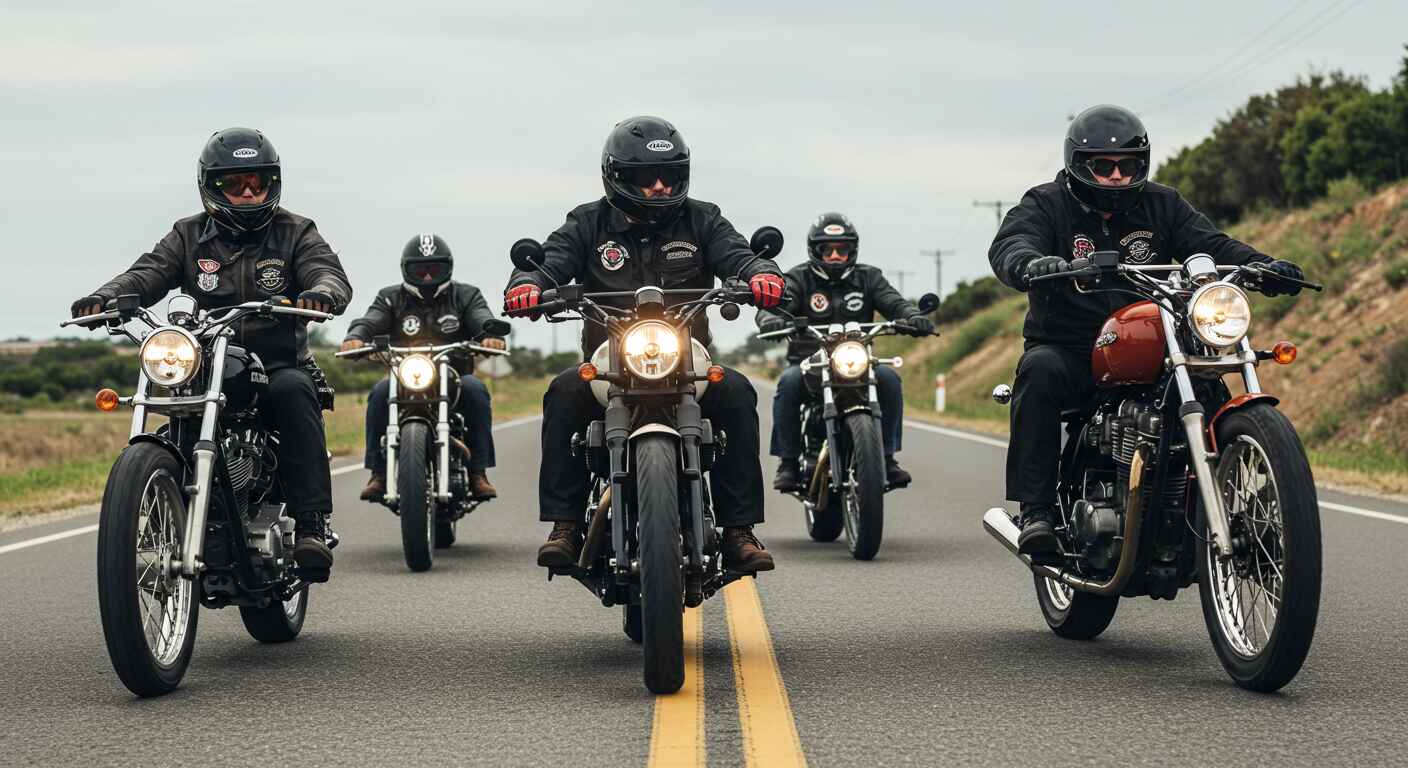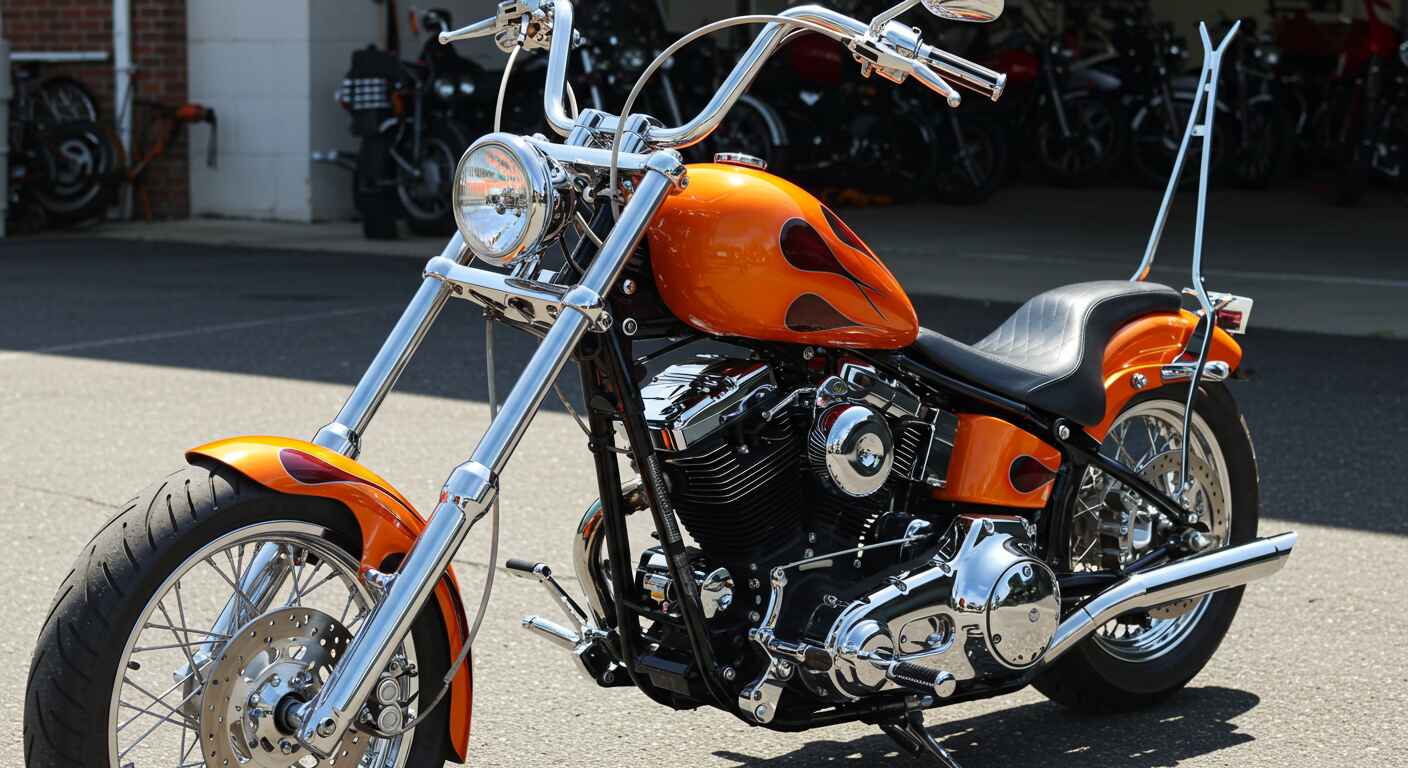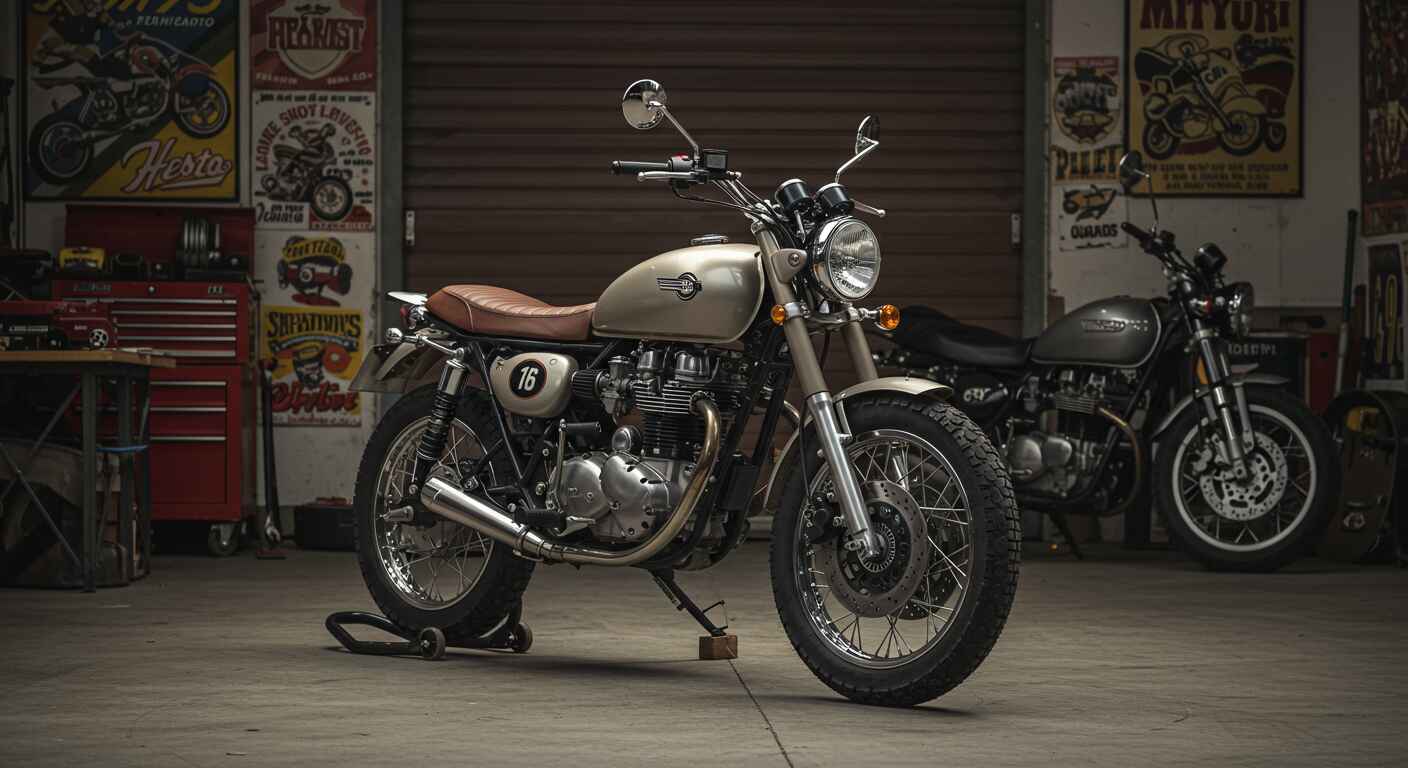
When exploring biker subcultures, you uncover a diverse world rich with history and unique identities. These subcultures have shaped motorcycling, offering more than just a mode of transportation. From rebellious outlaws to stylish cafe racers, each group has distinct values and traditions. Understanding these biker subcultures enhances our appreciation of their influence on the motorcycling world today.
Understanding the World of Biker Subcultures
Exploring biker subcultures involves delving into the lifestyles that revolve around motorcycles. Each subculture has its own set of rules, aesthetics, and behaviors, often mirroring larger social and cultural trends. Whether driven by rebellion, camaraderie, or speed, these groups contribute significantly to the diverse motorcycling world.
The Outlaw Biker Subculture: Rebels of the Road

The outlaw biker community is one of the most recognized biker subcultures. This group represents rebellion and non-conformity, and exploring this biker subculture reveals its deep roots in history.
Origins of the Outlaw Biker Subculture
The outlaw biker subculture began in the United States after World War II. Returning veterans formed motorcycle clubs to recapture the camaraderie and adrenaline they experienced during the war. Disillusioned with mainstream society, they sought freedom on the open road.
- The One Percenters: The term “one percenter” originated from the American Motorcyclist Association (AMA). The AMA claimed that 99% of motorcyclists were law-abiding, implying that the remaining 1% were outlaws. Outlaw clubs embraced this label, wearing it proudly.
- Notable Clubs: Some famous outlaw biker clubs include the Hells Angels, the Outlaws, and the Mongols. These clubs are known for their loyalty, distinct patches, and sometimes, involvement in illegal activities.
Influence on Popular Culture
The outlaw biker subculture has significantly influenced popular culture. Films like “Easy Rider” and TV shows like “Sons of Anarchy” have brought the image of the rebellious biker to the mainstream.
Cafe Racers: Speed and Style in Biker Subcultures

In contrast to the outlaws, the cafe racer subculture focuses on speed and style. Exploring this biker subculture, which emerged in the 1960s, reveals a love for engineering and aesthetics. Cafe racers are known for their minimalist bikes, designed for quick rides between cafes.
The Birth of the Cafe Racer Subculture
The cafe racer movement started in Britain. Young riders, inspired by rock ‘n’ roll culture, modified their bikes for higher speeds. These bikes were lightweight and performance-focused, built to reach 100 miles per hour, or “doing the ton.”
- Distinctive Features: Cafe racers have low handlebars, elongated fuel tanks, and single-seat designs. Custom paint jobs and modifications often reflect the rider’s personal style.
- The Rockers: Cafe racers were closely associated with the “Rockers,” a subculture of young, working-class men passionate about motorcycles and rock ‘n’ roll. The Rockers often gathered at cafes, racing from one to another.
Legacy of the Cafe Racer Subculture
Recently, the cafe racer subculture has seen a revival. A new generation of riders embraces the style and engineering principles of the original movement. Modern cafe racers blend vintage aesthetics with contemporary performance, appealing to riders who value both form and function.
Chopper Culture: The Art of Customization in Biker Subcultures

Choppers represent another iconic biker subculture, known for highly customized bikes that showcase their owners’ creativity. Chopper culture emerged in the United States during the 1960s, influenced by the custom car scene and the counterculture movement.
The Rise of the Chopper Subculture
Choppers are modified motorcycles, often with extended front forks, lowered frames, and elaborate paint jobs. Exploring this biker subculture shows how choppers are not just for riding; they make bold visual statements.
- Key Characteristics: Choppers feature long, raked-out front ends, high handlebars (“ape hangers”), and custom frames. Non-essential parts are often removed, resulting in a minimalist yet highly stylized machine.
- Custom Builders: The chopper movement produced famous custom bike builders like Arlen Ness and Indian Larry, who became legends in motorcycling.
Cultural Impact of the Chopper Subculture
Chopper culture peaked in the 1970s with the film “Easy Rider,” featuring the iconic “Captain America” chopper. This biker subculture continues to influence motorcycle design and customization, with many riders still embracing the chopper’s individuality.
Modern Motorcycle Subcultures: Adventure Riders and Retro Revival

Today, motorcycling continues to evolve, with new biker subcultures emerging and old ones adapting.
Adventure Riders: Exploring the Unknown
Adventure riders, or “ADV riders,” are a growing subculture combining motorcycling with exploration. These riders prefer dual-sport or adventure bikes, designed for both on-road and off-road conditions. Adventure riding often involves long-distance travel, camping, and exploring remote locations, making it a prominent modern biker subculture.
The Retro Revival: Celebrating the Past
The retro revival subculture has seen a resurgence of interest in vintage motorcycles. Exploring this biker subculture shows a deep appreciation for the aesthetics and simplicity of classic bikes. Riders often restore or customize older models, blending old and new elements to create unique, personalized rides.
Conclusion
Exploring biker subcultures reveals a world rich in diversity, history, and passion. Whether it’s the outlaws’ rebellious spirit, the cafe racers’ focus on speed and style, or the chopper builders’ creativity, these biker subcultures have all contributed to the motorcycling world’s rich tapestry. As new subcultures emerge and old ones evolve, motorcycling remains a dynamic, exciting space full of creativity and community.
